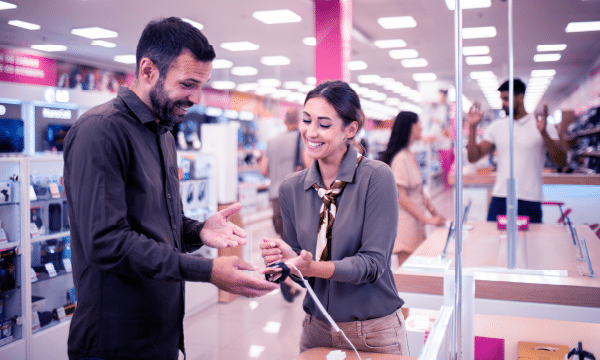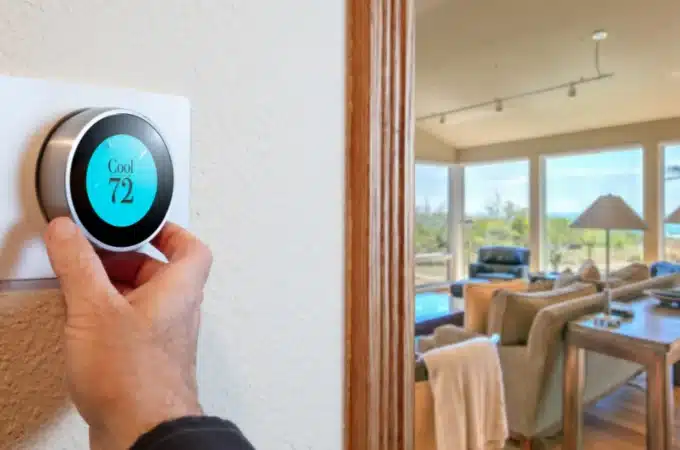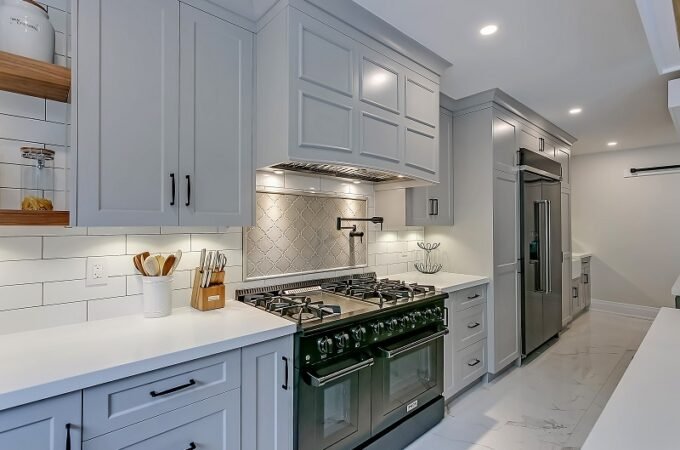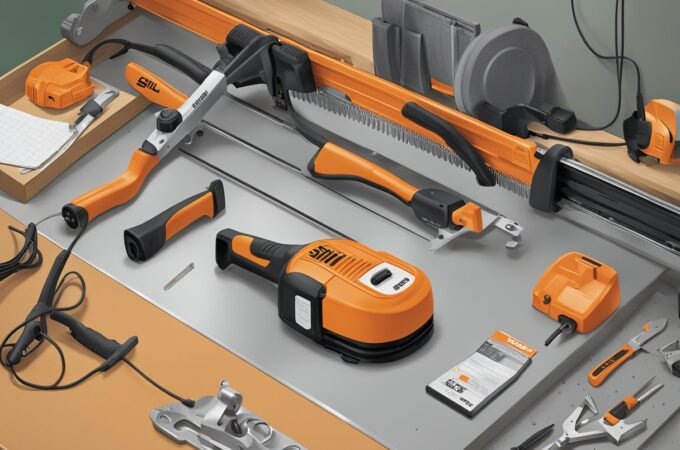
10 Innovative Retail Design Trends Transforming Shopping in 2024
The retail world is undergoing a seismic shift, with 2024 marking a year of groundbreaking design trends that redefine how we experience shopping.
According to Deloitte, 85% of consumers prefer shopping in physical stores over online, valuing the tactile experience and immediate gratification. This underscores the significance of innovative design in physical retail spaces to meet consumer expectations.
As we navigate these changes, the future of retail is poised to be vibrant, interactive, and aligned with consumer values. Let’s explore the ten innovative retail design trends of 2024 setting new industry standards.
- Experiential Retail Spaces
Gone are the days of shopping as a mere transaction. Today, experiential retail spaces are the new norm, turning shopping trips into memorable adventures. These spaces invite customers to immerse themselves in a brand’s essence, creating lasting connections through interactive and engaging experiences.
The immersive approach transforms shopping from a task to a journey, inviting customers to become active participants in the brand story through captivating installations and hands-on product interactions.
- Embracing Sustainability
Sustainability is taking center stage in retail design, reflecting a global shift towards environmental responsibility. Retailers are integrating eco-friendly materials, energy-efficient solutions, and waste-reducing designs to craft spaces that appeal to the eco-conscious consumer.
Among these sustainable practices, floor sanding techniques using environmentally friendly finishes and materials are becoming increasingly popular. The commitment to sustainability not only minimizes environmental impact but also strengthens brand loyalty among consumers who prioritize green initiatives.
- Omnichannel Integration
The line between online and offline shopping is blurring, thanks to omnichannel integration. This trend ensures a seamless shopping experience, allowing consumers to effortlessly switch between digital and physical channels.
Through incorporating digital touchpoints within the physical store, retailers offer a unified and cohesive shopping journey, enhancing convenience and satisfaction for the tech-savvy shopper.
- Personalization at the Forefront
Retail is getting personal, with stores leveraging data and technology to offer customized shopping experiences. This trend sees retailers using insights to tailor product recommendations, promotions, and services to each customer’s unique preferences.
Personalization elevates the shopping experience, making consumers feel understood and valued, which in turn fosters loyalty and increases engagement.
- Lighting and Visuals Redefined
Innovative lighting and dynamic visuals are transforming retail spaces into artful displays through interior fit out construction, where cutting-edge technology and creative design highlight products and set the mood. This approach draws customers in and enhances their shopping experience.
From interactive displays to mood-setting lighting, these visual elements captivate customers, making every visit to the store a visually stimulating journey.
- Modular and Flexible Design
Retailers are embracing flexibility, with modular designs that adapt to changing trends and consumer needs. This approach allows for quick layout changes, ensuring that the retail environment remains fresh and engaging.
The ability to reconfigure spaces easily means retailers can host events, adapt to seasonal demands, or refresh their look with minimal effort, keeping the shopping experience dynamic and exciting.
- Immersive Tech Integration
Immersive technology like VR and AR is becoming a staple in retail design, offering customers unique and engaging ways to interact with products. These technologies enrich the shopping experience, allowing for virtual try-ons, interactive demos, and exploration of products in detailed, imaginative ways.
By blending digital innovation with physical shopping, retailers create unforgettable experiences that merge the best of both worlds.
- Retail as Community Hubs
Retail spaces are evolving into community hubs, offering more than just shopping. These spaces host events, workshops, and social gatherings, fostering a sense of community and connection among customers.
This trend reflects a broader role for retail in society, serving as a gathering place that enriches the social fabric and builds deeper bonds between the brand and its community.
- Artistic Collaborations
Retailers are partnering with artists and designers to create unique, eye-catching spaces that stand out. These collaborations bring a fresh, creative energy to retail environments, offering customers an exclusive and inspiring shopping experience.
Artistic collaborations not only enhance the store’s aesthetic appeal but also generate buzz, attracting customers eager for a shopping experience that’s out of the ordinary.
- Focus on Health and Wellness
The growing emphasis on health and wellness is mirrored in retail designs, with spaces dedicated to promoting well-being. These zones offer wellness products, services, and experiences, catering to the holistic needs of consumers.
By integrating wellness into the retail experience, stores become sanctuaries of health and relaxation, aligning with the lifestyle aspirations of their customers.
Leading the Way in Retail Innovation
The retail design trends of 2024 are a testament to the industry’s resilience and capacity for innovation. These design movements are shaping a new retail era, where shopping is not just about what you buy, but how you experience the journey.
As we look ahead, it’s clear that the future of retail lies in creating spaces that resonate with consumers on every level, crafting experiences that are as meaningful as they are memorable.
Tina Peters is a home deco enthusiasts, world traveler and a blogger that loves exploring new things, styles and cheap home remodeling ideas. Her main focus is helping people all around the world when it comes to home renovations, remodeling and improvements.






